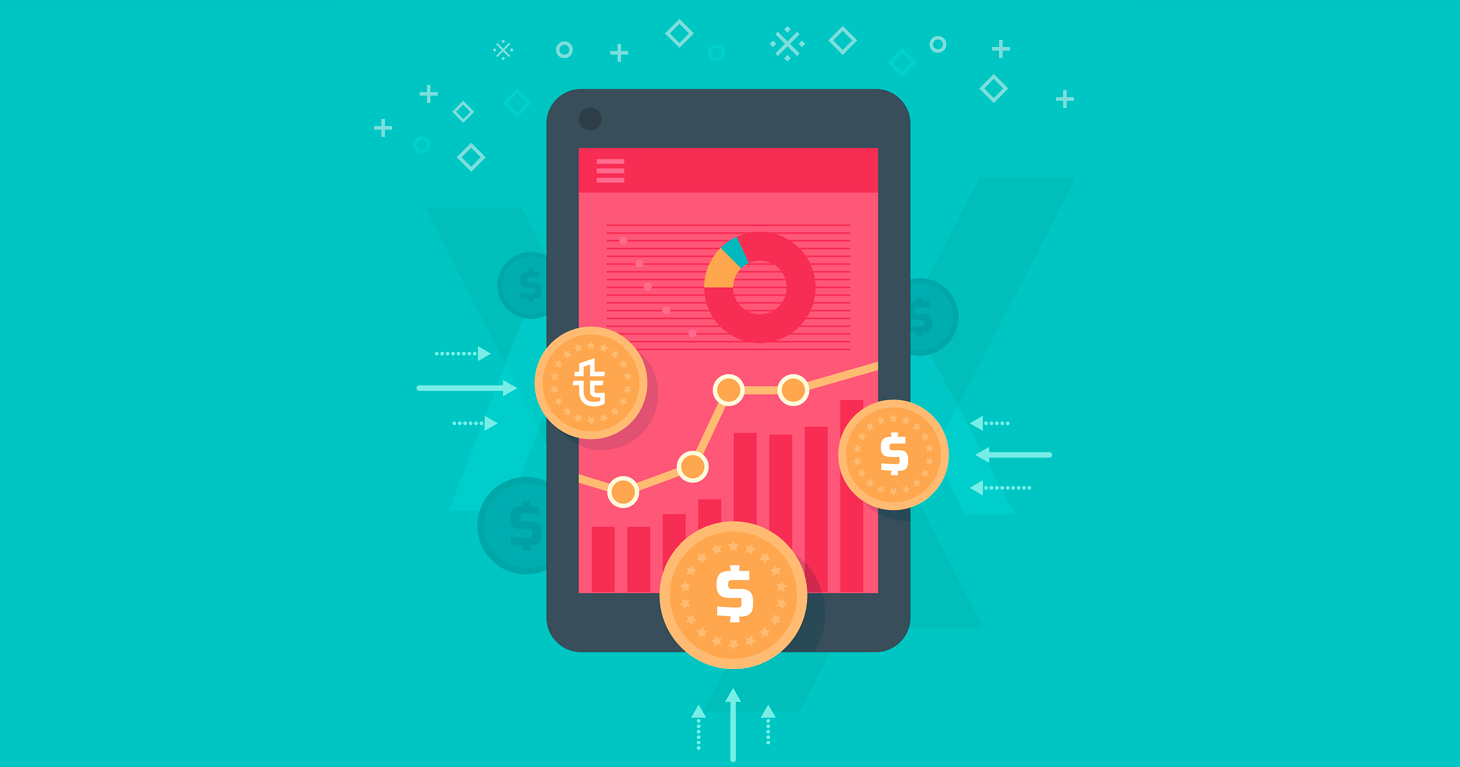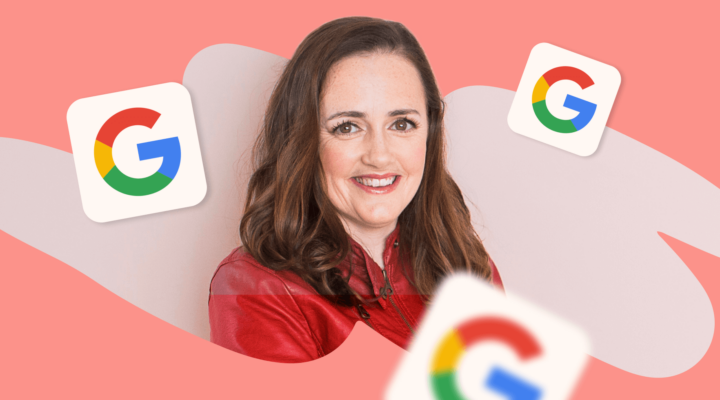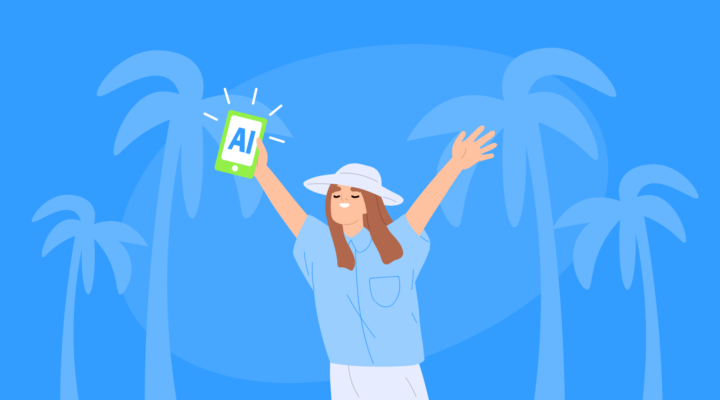Things to Do Before You Start Monetizing Your App
The monetization plan should be mapped out before the app is created or within the early stages of development. This will ensure success, help to avoid mistakes, and allow you to stand out among the ranks of outsiders. A common plan with the main steps spelled out is below.
Review of Statistics

Is your mobile app worth paying for? You can’t know it for sure unless you check the stats. To provide great performance, user behavior analysis is important. It means tracking events to see all the actions a user can perform in the app. Retention analyses indicate the number of users that continue to use your app over days, weeks or months. It’s a great opportunity to see the point in time users give up on your app and the reasons why.
For your analysis, you can choose one of the numerous apps in the market today to capture and measure mobile-user metrics in order to drive retention, engagement and conversion. You can check Segment, Google Tag Manager, Apptimize and others to choose the most appropriate service for monetizing free apps.
See Your App’s Stats With Google Analytics

Google Analytics for Firebase is helpful for understanding user purchasing behavior within your app. It is free and compatible with all the existing operating systems (OS). It can also be hooked up to other platforms for managing analytics you may have. For example, Google Analytics can be managed at a distance if it’s connected with Google Tag Manager.
It comes with easy-to-use Firebase SDKs to capture the user actions and events, as well as well-designed and comprehensive reports for 500 events. This allows for better app promotion, drawing on the most efficient channels you’ve revealed and attracting the high-valid users.
Why Control Expenses and How to Drive Them?

There are three main reasons for tracking your expenses:
- To assess the cost-effectiveness of the app.
- To see the efficiency of the monetization model you’ve implemented.
- To make sure that your spending matched your priorities.
Considering the points listed above, you should set a goal (whether you want to make money on advertising, place your own ads, etc.) and provide budgetary targets for every form of monetization. To make calculations correctly and choose the right advertising format, analyze your target audience’s preferences, develop the strategy and make A/B tests to try various formats.
Pricing for paid goods or services in your free app or software

If you decided to monetize your free software, think about the extra paid services or goods you offer in terms of the pricing. You should set the sale price – in other words, how much money do you want to get for every purchase/booking/ad? For example, if you promote your own business via the app to increase sales, consider the desired profit for the goods/services from your website. If you’re raising money for the app, keep the sale price of every ad you’re going to place in mind. Proper planning produces leads to an expected return on investment (ROI).
The Best Strategies for Monetizing a Free Travel App (Or Any Other Mobile App and Software)
When speaking about monetization models for free apps in the travel niche, we deal with a limited target group that forces us to think of their likes and needs for building an effective strategy. As a rule, travel apps will get profit from employing a fee for the services they provide (transportation, flights, accommodation, etc.).
It’s also a good way to generate cash including ads, in-app purchases, a subscription service, sponsorship and some other techniques we’ll describe below.
If you’re monetizing a free game app, you can suggest paid access to premium or proprietary features (freemium model). Selling physical or virtual goods is also relevant in a game niche. You can also include real-money gaming or use cross marketing to cooperate with other developers.
Upgrade to Remove Ads
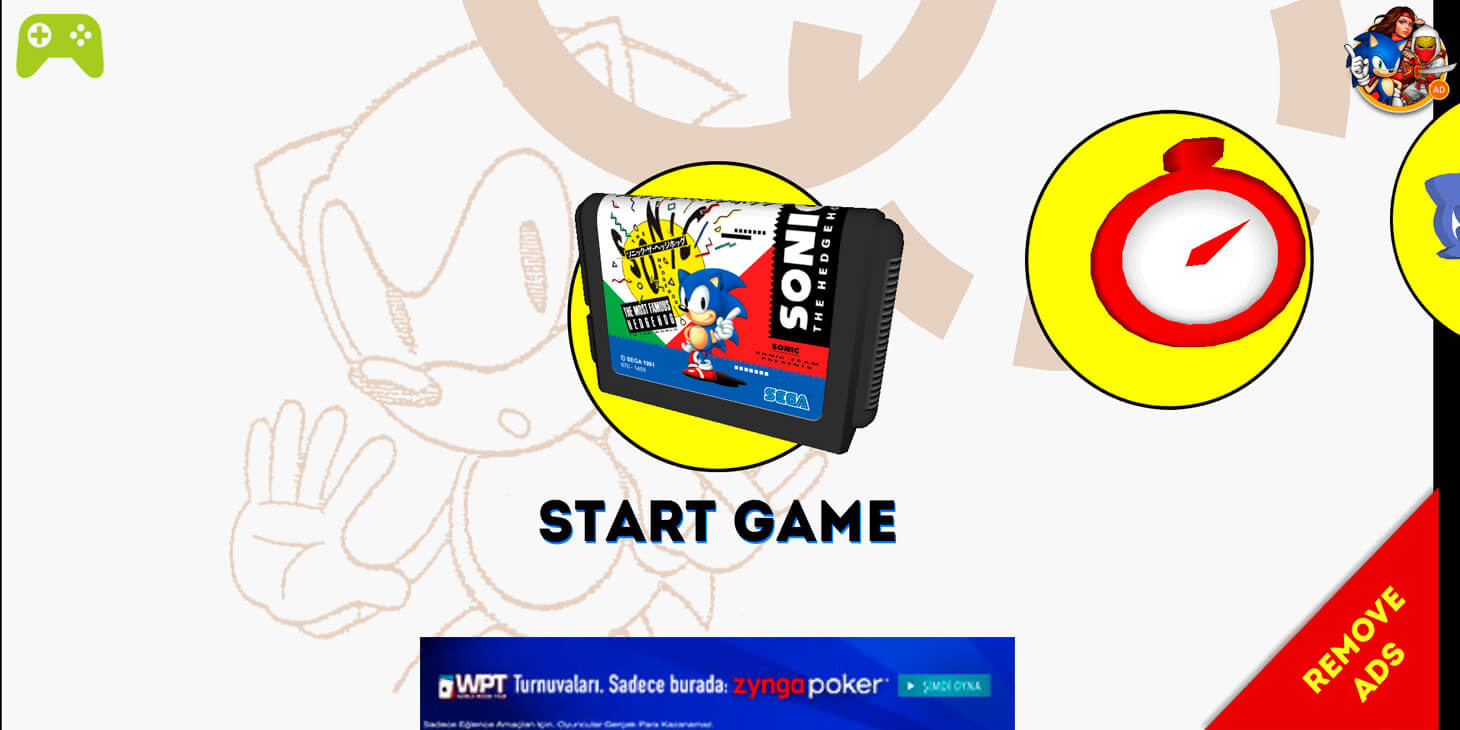
Let’s start with one of the clearest monetization strategies for free apps. Quite simply, if you’ve developed a free app, you should recoup the cost and gain revenue via ads. However, the majority of users would rather avoid or get rid of them. Even a lot of clicks can mean nothing. For example, 60% of the clicks on mobile banners are accidental. Just offer an upgrade to the paid version to remove all the annoying ads.
| PROS: | CONS: |
| Easy to implement if the advanced features are already developed. | You should be well-known for providing a good service. |
| Lucky strike if the app addresses an immediate pain. | Extra money to spend for the second (paid) version of the app. |
This strategy fits games, educational and music apps, as well as any other software that suggests advanced functionality or premium functions.
The fact is near 1.5% of users pay for an app without ads. To get the essential revenue, tens of thousands of downloads are required. There’s no sense in creating an app with annoying ads. This will “kill” conversions and deprive you of free users.
How to Implement the Option to Upgrade to Remove Ads
In light of the above, some basic stages can be identified to implement this strategy:
- Increase the awareness and popularity of your app.
- Develop premium functionality.
- Create a paid version.
- Use advanced marketing tools to promote it.
Tinder made $37M by offering their audience an upgrade from the free app to its Plus and Gold versions. Spotify Music and Evernote also use this strategy. Simple travel apps could not use it in most cases, but if your app has a wide audience or a unique feature, you may try this monetization method.
Advertise on Your App

Displaying third-party ads within your app to get revenue from clicks or impressions is one of the most widespread ways of monetizing free apps. Often, the user desires to use the free app much more than to escape ads. That’s why this strategy fits both travel and game niches, as well as many others. Let’s see the most valid types of advertising:
- Interstitials – Full-screen ads that don’t interrupt the experience of using the app.
- Notifications – The user will see them in their mobile device’s status bar.
- Capture form – Calls to action in exchange for tokens or promotions.
- Advanced overlay – Interactive interstitials.
- Banners – Users view them at the top or bottom of the screen.
- Native ads – Match your app’s design and content.
- Video clips – Increase engagement.
CPM, CPC and CPA models are the main types, but note that CPM is the best because the user doesn’t have to click on the ad. For example, an average CPM for mobile in-feed ads in apps reaches $3.50.
You can even start with low traffic and gradually build it up while getting start-up revenue from the very beginning.
| PROS: | CONS: |
| The opportunity to mix various ad networks (InMobi, AdMob, or Google Ads) to provide higher ad performance. | Not suitable for small-scale niches that usually deliver crucial and emergent services (taxi services, for example). |
| The method is compatible with other strategies. |
How to Implement the Strategy of Advertising
Video and display ads can bring 36% and 30% of revenue respectively for non-gaming apps – including travel ones – and between 31% and 19% for games. So, how can you monetize a free app via ads?
- Install SDK in the app for serving ads on your mobile ad inventory.
- Register at the self-serve SSP to connect the app to several ad networks and automate the media buying process.
- Analyze the behavior and preferences of your users.
- Choose the right place and time for ads to be displayed.
- Test various ad formats.
Culture Trip app finds places of interest nearby and around the world. They display ads according to your location preferences that are indicated in your in-app wishlist.
In-App Purchases
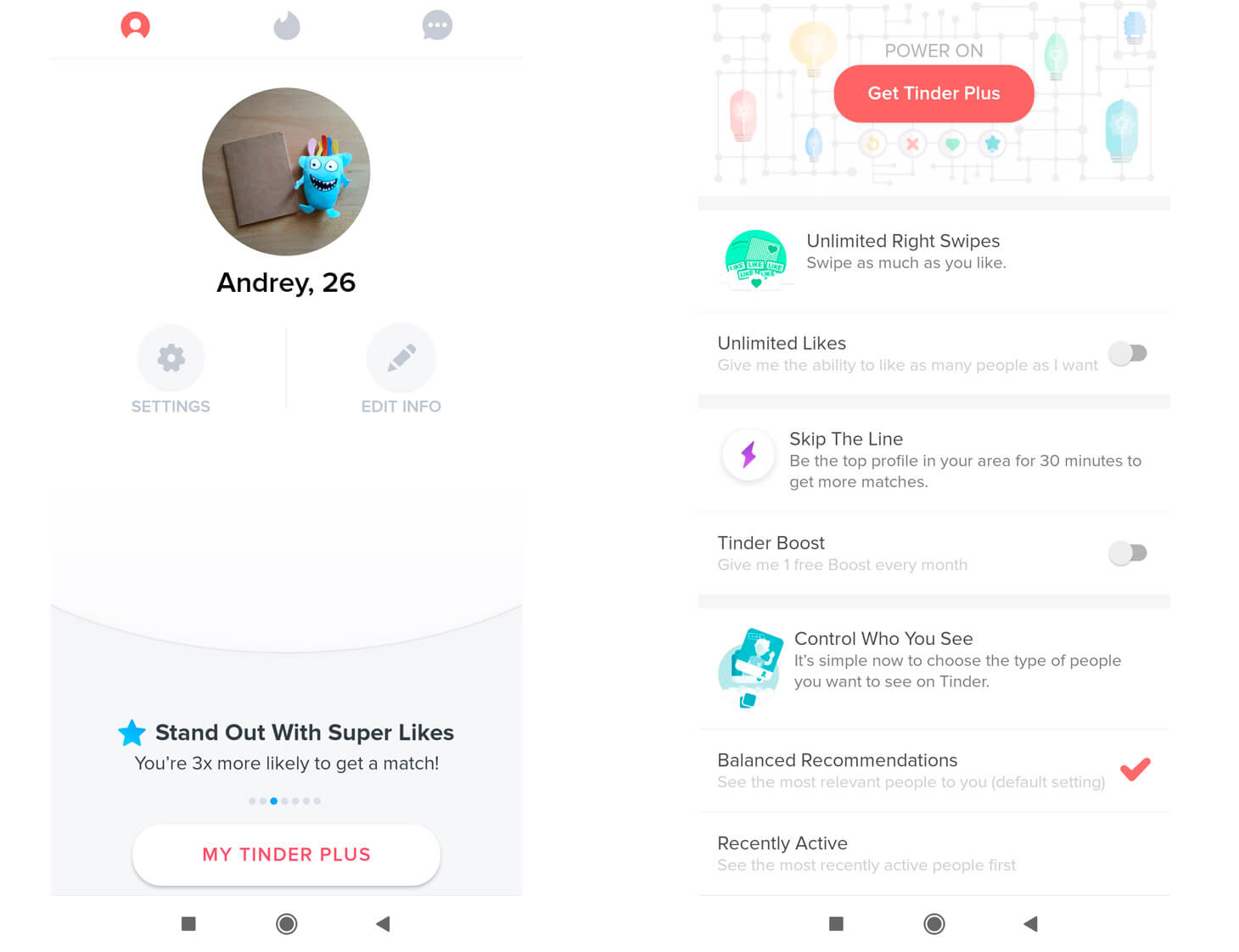
Users download your app for free, but they also have the opportunity to buy something within the app. When dealing with a travel niche, you can sell tokens for extra bonuses, discounts and promotions. The idea is that the offers should be relevant to the theme of the app. If speaking about mobile games, players make the in-app purchases to reach new levels or to overtake other players.
For example, Subway Surface offers to buy score boosters, tools and various boxes to get better results in the game, as well as for upgrades. Piano Tiles sells songs to give its users a chance to expand their music collection.
The purchases can be:
- Consumable – To buy and to use them once within the app (chips, tokens, etc.).
- Non-consumable – Multiple-entry purchases like new locations, options.
You can use this technique when you experience poor traffic and start earning a little almost at once. In this case, make the purchases optional to prevent a decrease in downloads.
| PROS: | CONS: |
| No risk of deletion, because the offers are relevant, and people are not forced to view ads or buy anything. Everything is up to them. | You need tons of traffic and you should have enough marketing skills and creativity to support the interests of the users and the increase in engagement. |
| You get direct income from the purchases. No partners to share it with. |
How to Implement the In-App Purchases
Before embedding the strategy, think of a high level of awareness and do research to reveal the user engagement. Then, start developing the technical aspects.
- Create a range of purchases.
- Develop a special section within the app.
- Connect the app with a payment system.
This strategy can be the most profitable one when dealing with game or music apps. The Clash of Clans game gets $1M/day on its purchases. Pokemon Go fans managed to spend $1.5M/day.
Affiliate Programs
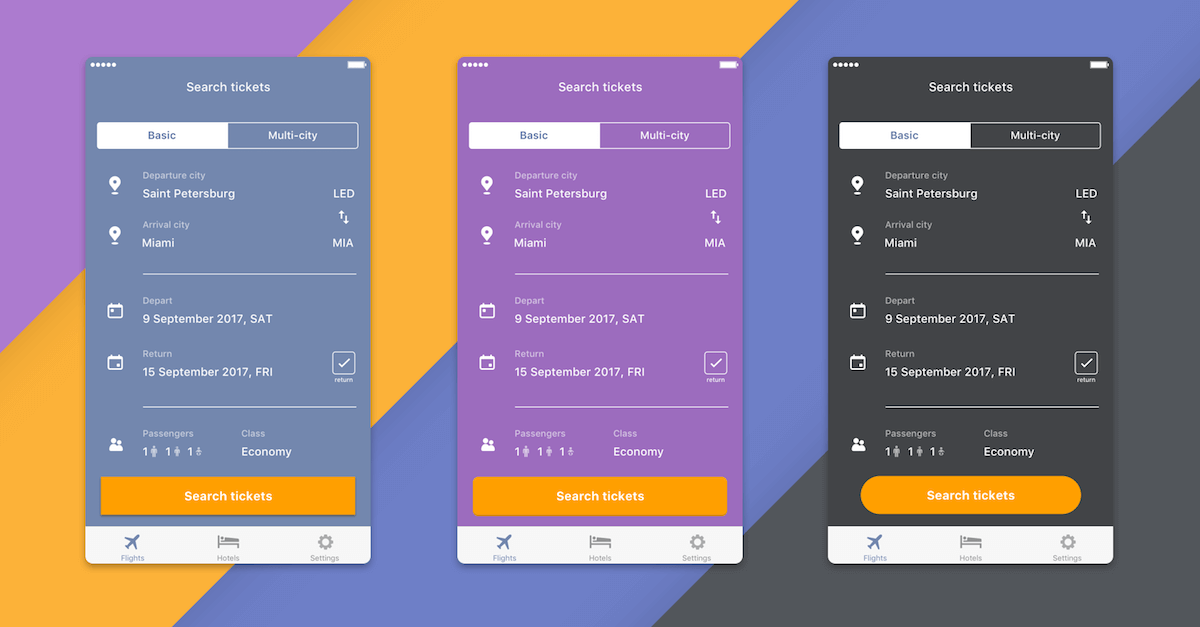
You choose how to promote it within your own app. For example, if you have a travel app, you should pay attention to TripAdvisor, Flight Network, Hotwire and other relevant and reputable platforms that have the leading position in the marketplace. In this case, revenue depends on a number of downloads and clicks your users will make.
This method is especially effective for apps that offer services. Game app developers also use affiliate marketing by offering to download similar games.
This method of monetization doesn’t demand tons of traffic and can be implemented at an early stage. You’ll get more revenue while traffic is growing.
| PROS: | CONS: |
| No risk of negatively affecting the app experience. | The process of building relationships with partners takes time and effort. |
| No large investments. |
How to Implement the Affiliate Programs
Choose a product to advertise to your audience and gain profit from all paid purchases and through advertising commissions.
Two types of implementation are available:
- Promote other companies’ goods and services within the in-app store.
- Use banners and other types of ads.
The revenue depends on the terms and conditions of your affiliate program. Travelpayouts partners can earn with well-known and trusted brands, such as Booking.com, TripAdvisor, Kiwi.com, and others. The rewards can be up to 20% but depending on the terms of the partner program. You can find them in the brands’ cards in your Travelpayouts account.
Sponsorships
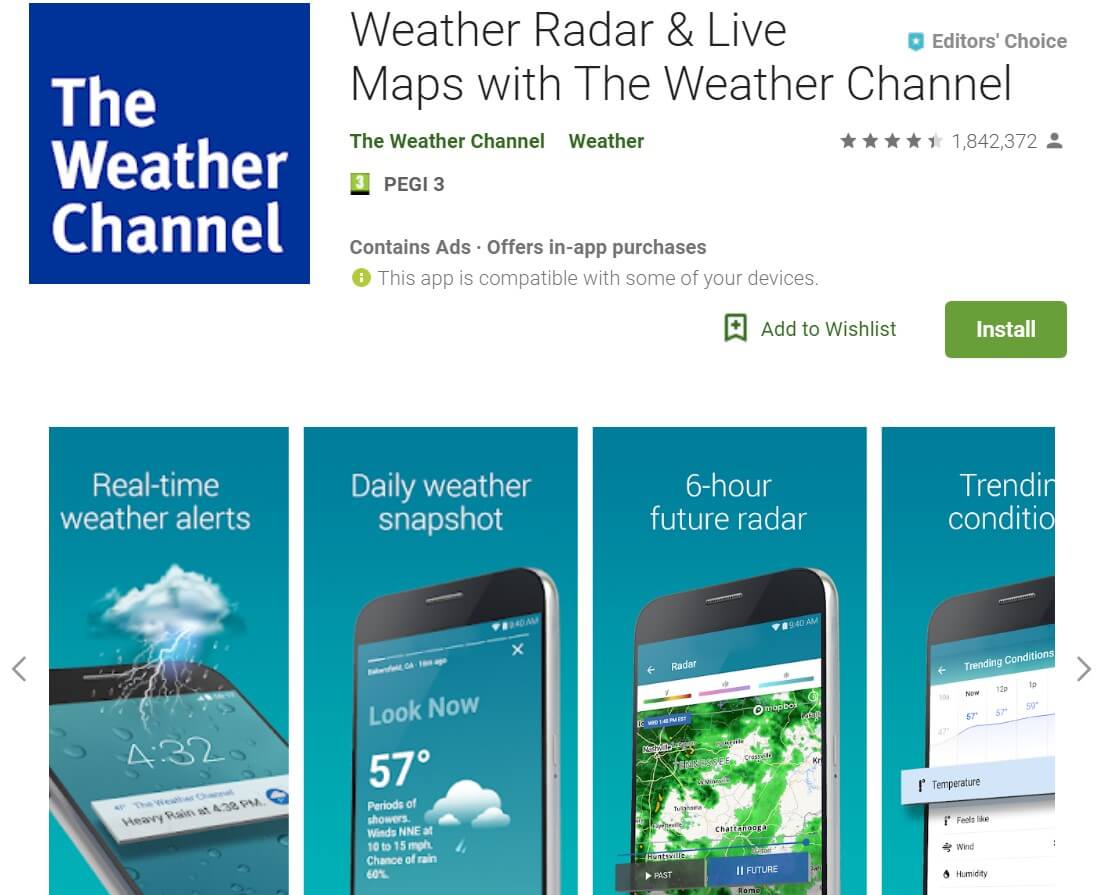
This strategy is a cooperation between app developers. You can offer your partner free marketing in exchange for your promotion within his app or on other sources (websites, blogs, etc.). One more way is to get a monthly fee from the partner for app downloads or uses.
Certainly, advertisers are only interested in popular apps. The popularity is measured by the number of downloads. The required minimum depends on a niche. Entertaining apps need approximately 50,000 installations, which is not difficult to reach. Financial apps pose challenges and demand much more traffic. If you work in travel or any other small-scale niche, sponsorship does its job starting from 1,000 users.
| PROS: | CONS: |
| An affordable strategy that does not hurt your wallet. | Difficult to find the right partner. |
| A new method, which is why it is less competitive. | |
| High versatility, fits any business. |
How to Implement the Sponsorship
Find an investor with the similar or same target audience, and with the large traffic and conversion. Then, choose a format to promote your partner – icon, logo, splash screen – or create an integrated experience.
If the partner uses ads to promote your features that lead users straight to your app, your revenue can reach 12.5%.
One of the best examples is how the Weather Channel app uses the Home Depot app’s animated image on its background to promote their weather-proofing materials for building houses. The services Optimizely and Localytics decided to provide users with joint mobile analytics.
Set up a Subscription Model
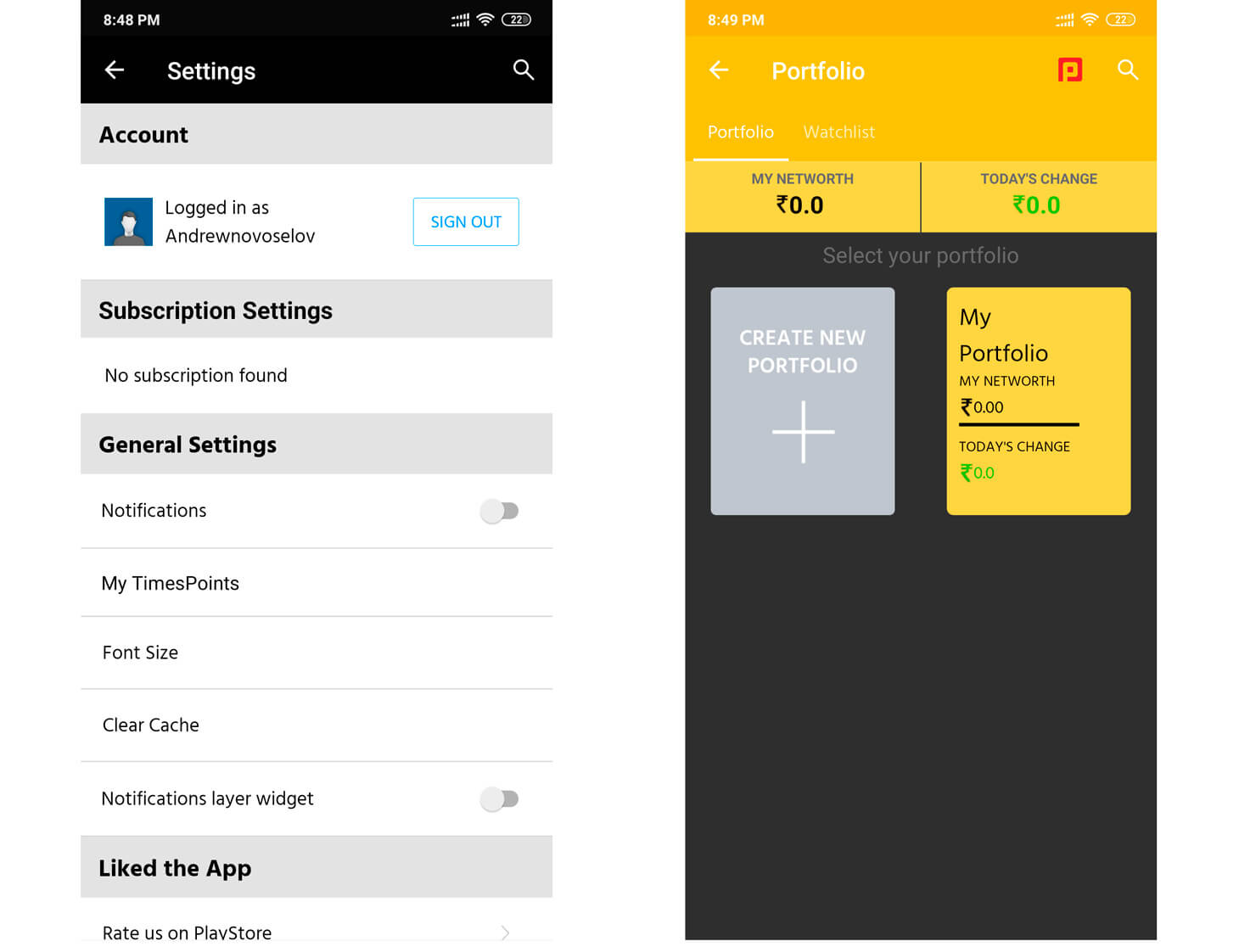
You can create a subscription service for loyal customers. A subscription means that the user pays for the option to use it for a certain period (for a week or a month only, for instance). This gives the users a chance to unlock premium content, to get better functionality, etc.
- Unlimited access implies no restrictions placed on what you do or where you go while you are using the app.
- Top-notch functionality means the user can buy the opportunity to see last minute offers first.
- Content-driven apps – A loaded buzzword meaning the apps revolve around the content.
This model can become one of the best ways to monetize your free apps if the user will be interested in subscription. You can generate this interest by warming up your potential subscribers with sources such as your social platforms or website. Note that you should not only introduce subscriptions, but also provide all the users with the functionality you’ve announced. In this case, you can earn from the very first subscriber.
| PROS: | CONS: |
| Financial predictability lets you make accurate calculations. | Deliver valuable content without a break. |
| Win-win technique to supply your app user base. |
How to Implement a Subscription Model
First, think about the plans. You should offer separate options with different tariff plans and develop one package containing all the services together as a premium plan. Don’t forget to introduce a free trial period.
The strategy fits apps that update content regularly – cloud services, video and audio streaming, online newspapers or magazines, news and lifestyle apps. For example, the Economist lets the users opt for a web subscription, print subscription or both.
Build Up Your Email List
Make the user register to unlock any features or levels to get his/her contact information for further interactions. Implementation is made possible through pop-up boxes. However, in this case, you should offer a gift – free tokens, checklists or things of the sort. You can also install Facebook SDK or third-party SDKs to integrate them into your app. You should inform the users about the emails they can will receive during sign up.
| PROS: | CONS: |
| It is helpful when the user stops using the app. | It is not efficient for small businesses. |
| Very fast and easy to embed. |
How to Implement Email Marketing?
- Think of channels to capture email addresses to develop a strategy for further communication.
- Then, you should choose a service to automate the process. Select a provider that can offer the quickest solutions.
- Create the page with a sign-up form and add it to the app.
- Make A/B tests.
- Announce the launch so others will share this news.
- Launch the process.
- Arrange “thank you” newsletters and regular emails.
Take into consideration the necessity of combining email marketing with other digital tools for monetization.
Learn more about email marketing in this series of articles in our blog.
Mixing Monetization Models
To succeed in promoting your app, you should mix monetization models for greater effect. However, the all-in-one method doesn’t work because monetization requires a more balanced approach. Each monetization strategy should be logical and consider the app’s unique features.
If you follow all these points, you’ll combine several monetization techniques. Game apps will earn money faster if you implement both in-app purchases and ads. If you’re developing a retail app, you can mix in-app ads with email marketing to inform customers about novelties or sales. The strategy of affiliate marketing involves selling leads or lead generation to interested parties, which is why various types of ads shouldn’t be overlooked.
If you decided to monetize a free travel app, you have a crucial window of opportunity. The majority of the strategies are compatible with that type of app. For example, you can use affiliate marketing with a combination of ads and make a special section for in-app purchases. Email marketing is also appropriate to deliver new to users.
White Labeling

If you lack opportunities for independent development, the white labeling model is worthy of your attention and can become the best way to monetize free app. What is it? In general, a provider will produce and deliver services and let you sell them under your own brand.
In terms of digital marketing, it means you can buy ready-to-use services to present them to your app’s users. The best companies sell digital solutions with SEO, SMM, reputation management and other tools.
The Top 10 Monetization Mistakes and Bad Ideas
- You didn’t test the market niche before launching your app.
- You failed to conduct the appropriate marketing implementations and testing strategies.
- You don’t rely on numbers and data to understand things.
- No optimization controls and tools for better ad formats can be a fatal error.
- Not including several channels and only using ad monetization won’t be effective.
- The same strategies for all mobile platforms is also a mistake. (For example, iOS has many restrictions despite plenty of monetization benefits.)
- Standard ads cannot be helpful unless customization is utilized.
- Randomly choosing ad networks without considering the fill rate, terms of work, etc.
- Non-scalable approach. You should add strategies, enhance them or change them as the app grows.
- Poor segmentation when analyzing the audience.
Monetization Trends in 2019
So, how can you monetize free mobile apps in the current context? Only successful and cost-effective distribution channels are able to make the app turn a profit. The main task of a monetization strategy is to influence the product or service’s popularity and profit.
Advertising campaigns are always trendy and they let you earn via clicks, views and actual conversions. They’ll be successful if the ad strategy is relevant to the target user base.
Free trials also work because they give users the opportunity to test the product for free in order to experience its advantages and to define its value related to the business purpose. They are ready to pay if the app meets their needs. Freemium monetization model can include ads, affiliate links and sponsorship to convince the audience to buy the premium version.
Affiliate marketing and lead generation will provide you with a profit for each sale. In the travel niche, choose the Travelpayouts affiliate network or one of the other best travel affiliate programs.
Tips on How to Choose the Right Monetization Strategy
So, how can you monetize a free app in the best way? How can you turn your app into a successful business venture? Start with the business objectives and make a roadmap before launching your digital product. Follow competitor monetization trends to see what works better for them and analyze target users to figure out their needs and preferences.
Then, note the type of app you have. As we’ve already mentioned above, subscriptions work better for streaming services and content-driven apps. Shopping or retail apps usually include in-app purchases, and so on.
Choose some of the monetization models and mix them. They should have be least costly and have the highest return on investment. This approach helps your app deliver a good service for your customers and a profit for your own business.

